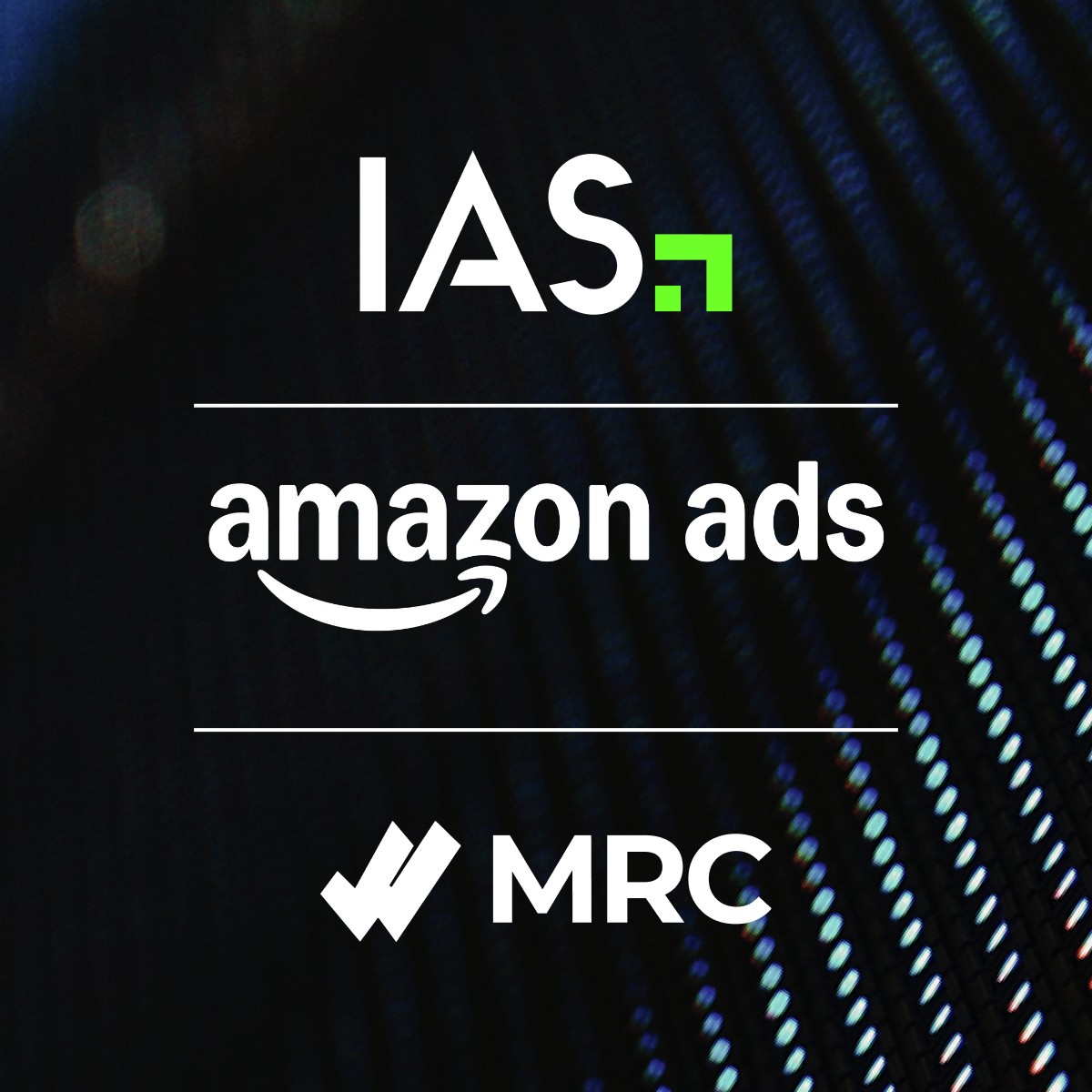Comprehensive insights on ad measurement, contextual targeting, social media, and more
Navigating the digital advertising industry can often feel like finding your way through a dense fog. You’re pouring money into campaigns, but it’s hard to see where it’s going or if it’s making a real impact. What if you had a clear map filled with insights that could guide you toward smarter decisions and better results?
Over the past few years, extensive research has unearthed a wealth of statistics to help advertisers and publishers understand the pitfalls and opportunities in ad placement, contextual targeting, the ongoing battle against ad fraud, and so much more.
We’ve gathered some eye-opening stats that highlight where ad budgets often get wasted and, more importantly, how to prevent that. This article is packed with valuable data, breaking down complex topics into clear, actionable information.
Statistics on contextual targeting
Contextual targeting in advertising ensures your ads show up in the right place at the right time. Instead of focusing on who the consumer is, it zeroes in on what they’re currently interested in by matching ads to the content they’re consuming. For example, if someone is reading an article about the latest smartphone trends, an ad for a new phone case or accessory would be a contextual fit. It’s timely, relevant, and much more likely to grab their attention.
In fact, statistics show that 46% of mobile shoppers are likely or very likely to purchase a product from a mobile ad when it’s relevant to the content they’re consuming.
The context effect — and what it means for your brand
As privacy regulations tighten, the advertising industry is increasingly turning to contextual targeting as a powerful solution to reach audiences effectively. This shift is driven by the need to maintain both precision and scale in ad campaigns without relying on invasive tracking methods. Contextual targeting does this by matching ads to the content a user is currently engaged with, ensuring that the message aligns with their immediate interests.
As a result, contextual targeting not only respects user privacy but also creates a more engaging and effective advertising ecosystem, where the message is delivered in a way that resonates with the consumer’s current mindset.
What consumers want and how they respond
Consumers have made it clear: they prefer contextually relevant ads. Research using advanced neurotechnology has shown that our brains are wired to respond more positively to ads that match the context of what we’re viewing.
Key Insights:
- Memory Retention: Ads that align with the content they’re placed alongside significantly outperform those that don’t. Contextually matched ads saw a 23% increase in detail memory and a 27% increase in global memory. This means consumers are more likely to remember both the specific messages and the overall themes of these ads.
- Emotional Connection: Ads that solve a problem presented by the article, known as endemic-matched ads, create the highest emotional engagement. These ads saw a 43% lift in emotional intensity, demonstrating that relevance can drive a deeper emotional connection.
- Consumer Preferences: Almost three-quarters of consumers (74%) prefer ads that match the content they’re viewing. Additionally, 72% say that the page’s content influences their perception of the ads around it, highlighting the importance of context in shaping consumer opinions.
Putting it into practice
So, what does this mean for your advertising strategy? By making sure your ads are relevant to the content they appear alongside, you can boost recall, build stronger emotional connections, and drive higher conversion rates.
About media quality and performance
Programmatic advertising is growing rapidly, but this growth can be tricky to handle. One thing that’s becoming increasingly clear is the importance of media quality.
In fact, 78% of media experts agree that buying low-quality media often ends up costing more in the long run than investing in high-quality media.
Why media quality matters
Given these hurdles, it’s no surprise that advertisers feel the pressure to make every ad dollar count. The key to overcoming these challenges is focusing on Supply Path Optimization (SPO) and prioritizing media quality.
When it comes to focusing on SPO, IAS’s Total Visibility product helps advertisers protect their spend and activate more efficient campaigns. Total Visibility provides programmatic supply path transparency with impression-level financial reporting to help optimize media spend and drive business results.
Optimizing for viewability, brand safety, and fraud prevention can also dramatically improve ad performance. Here’s what the data shows:
- Viewable and Brand-Safe Ads Get Noticed: Ads that are viewable and placed in a safe context are more likely to capture and hold the audience’s attention.
- Combining Viewability, Safety, and Fraud Prevention Boosts Results: This comprehensive approach leads to significantly higher conversion rates.
- Time-in-View Matters: Ensuring ads are seen for extended periods enhances their impact and effectiveness.
The Impact on Conversions:
- Viewable Impressions: A 95% lift in conversion rates for viewable impressions compared to non-viewable ones.
- Brand-Safe Impressions: A 233% lift in conversion rates for brand-safe impressions.
- Combined Viewable and Brand-Safe Impressions: A 57% conversion rate increase when impressions are viewable and brand-safe.
- Fraud-Free Impressions: A remarkable 363% lift in conversion rates for fraud-free impressions.
Watch out for misinformation
Misinformation in digital advertising is a serious issue that can harm your brand’s reputation and consumer trust. In an era where every click counts, ensuring your ads don’t appear next to misleading content can be the difference between sinking or swimming.
Misinformation poses a significant threat to the integrity of digital advertising, especially in a global election year. With the rise of generative AI and increased scrutiny of online content, misinformation has become a top concern for brands. Not only can ads that appear next to misleading content damage a brand’s reputation, but they can also diminish consumer trust.
Recent statistics reveal the significant impact of misinformation on consumer behavior, underscoring the risks brands face when their ads appear alongside questionable content.
- 63% of consumers are likely to remember that a brand advertised near misinformation
- 65% say that they are likely or very likely to stop buying from a brand that advertises next to misinformation
- 80% of consumers say misinformation is a serious problem in digital media
These figures highlight the urgent need for brands to prioritize their advertising environments to maintain consumer trust and loyalty. To combat misinformation, advertisers need to deploy advanced tools and strategies that go beyond traditional keyword blocking.
IAS offers robust solutions that leverage AI, third-party partnerships, and real-time data to accurately detect and avoid misinformation across the open web and social media channels. By using these advanced technologies, brands can ensure that their ads are placed in safe, reliable environments, protecting both their reputation and consumer trust.
Consumers are more social than ever
Social media has carved out a unique space where personal, brand, and publisher content can coexist.
According to IAS research, 54% of consumers are comfortable engaging with brands that appear alongside personal content on social media.
Why in-feed ads stand out
One of the standout features of social media advertising is the in-feed ad. These ads are designed to blend naturally into a user’s social media feed, making them less intrusive and more engaging:
- 46% of consumers say they are more likely to engage with in-feed ads compared to ads on the open web.
So, why do consumers feel so comfortable with social media ads? The answer lies in the unique mix of content that these platforms offer.
Social media blends personal posts from friends and family with content from brands and publishers. This familiar environment makes ads feel like a natural part of the conversation rather than a jarring interruption.
Advertising your brand on Connected TV
Connected TV (CTV) has revolutionized how we watch and monetize television. With a number of streaming providers to choose from and the freedom to watch on demand, both consumers and advertisers are presented with plenty of opportunities. Yet, many viewers still face frustration from irrelevant and disruptive ads that detract from their viewing experience.
A recent neuro-study that dives deep into viewers’ brains to uncover how tone, context, and frequency influence CTV ad effectiveness has revealed a lot about how advertisers and publishers can engage consumers on CTV.
What kinds of CTV ads resonate with consumers?
The results of the study indicate that ads that align with the tone and context of the video content being seen have a stronger impact with viewers, increasing brand impact:
- 14% increase in brand impact when ads match the tone of the content being viewed on CTV
- 39% increase in brand impact when ads match the context of the content being viewed on CTV
- 49% increase in brand impact when ads match both tone and context of the content being viewed on CTV
It goes beyond the tone and context of the ad — the number of times an ad plays on CTV matters too. Ads with increased frequency that match both tone and context of the content can improve brand impact by up to 82%.
With CTV presenting copious amounts of choice in content for consumers, it’s important that advertisers consider where their ads are shown. Consumers watching CTV are highly engaged — so make sure your ads have the opportunity to drive the most impact.
Final Thoughts: It’s all in the data
Digital advertising is filled with both opportunities and challenges. The insights provided here — from contextual targeting and media quality to managing misinformation and understanding the impact of social — offer clear guidance for both advertisers and publishers looking to make the most of their advertising budgets.
It also has a clear message: The future of digital advertising holds great potential for those willing to build stronger connections with their audience using precision, transparency, and responsiveness to consumer behavior.
How IAS enhances your digital advertising strategy
With shifting consumer behaviors and new regulatory changes reshaping the digital advertising landscape, staying ahead requires more than just placing ads — it demands precision and protection. IAS is your trusted partner in navigating these changes, helping you optimize ad placements while safeguarding your brand.
Our advanced solutions allow you to adapt to these evolving challenges by providing real-time insights and tools that ensure your ads reach the right audience in safe, viewable, and fraud-free environments. IAS technology aligns your ads with content that resonates with your brand values, enhancing consumer engagement and recall.
Start safeguarding and scaling your brand now with industry-leading ad measurement and optimizations solutions from IAS. Contact us to get started today.
 Share on LinkedIn
Share on LinkedIn Share on X
Share on X

